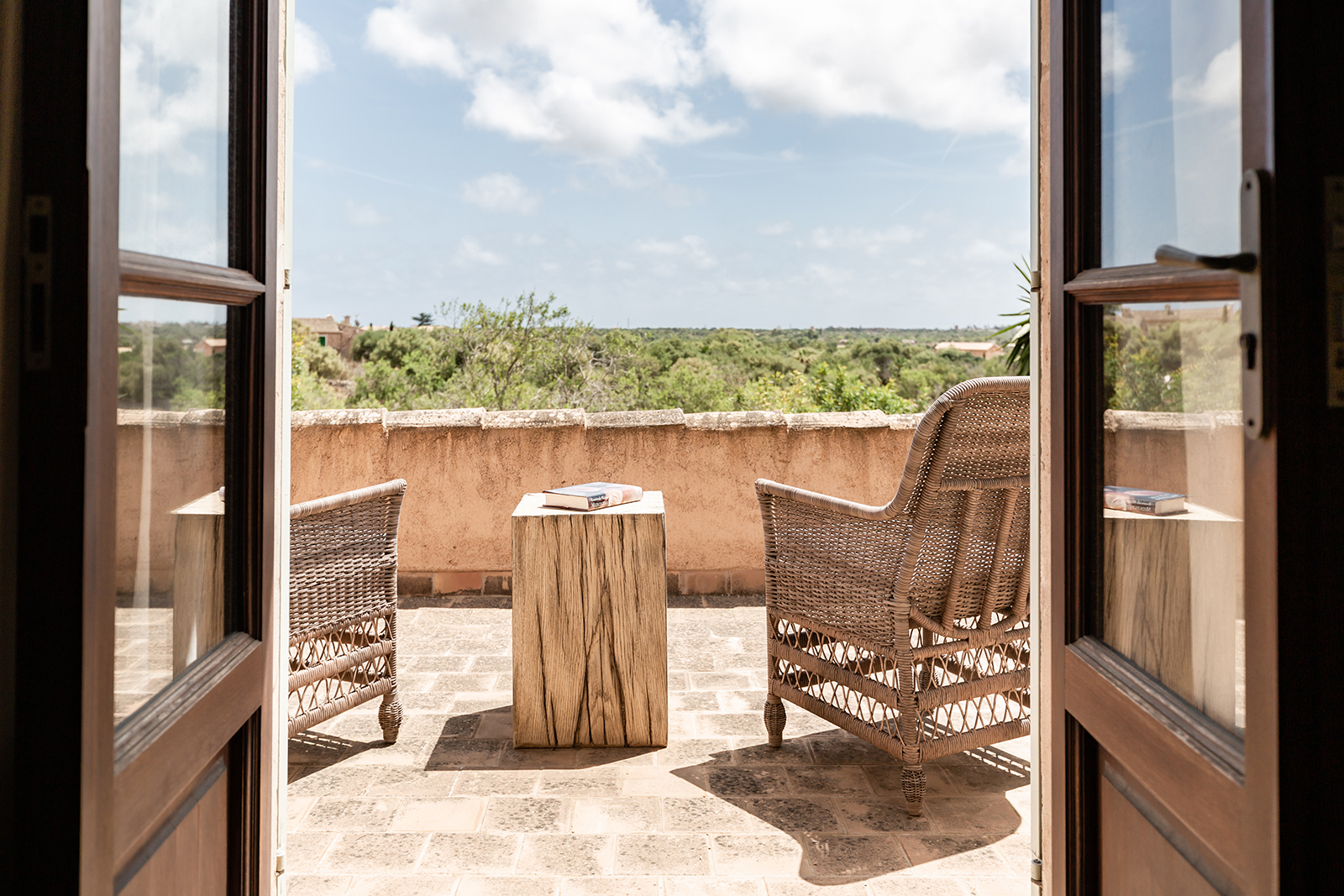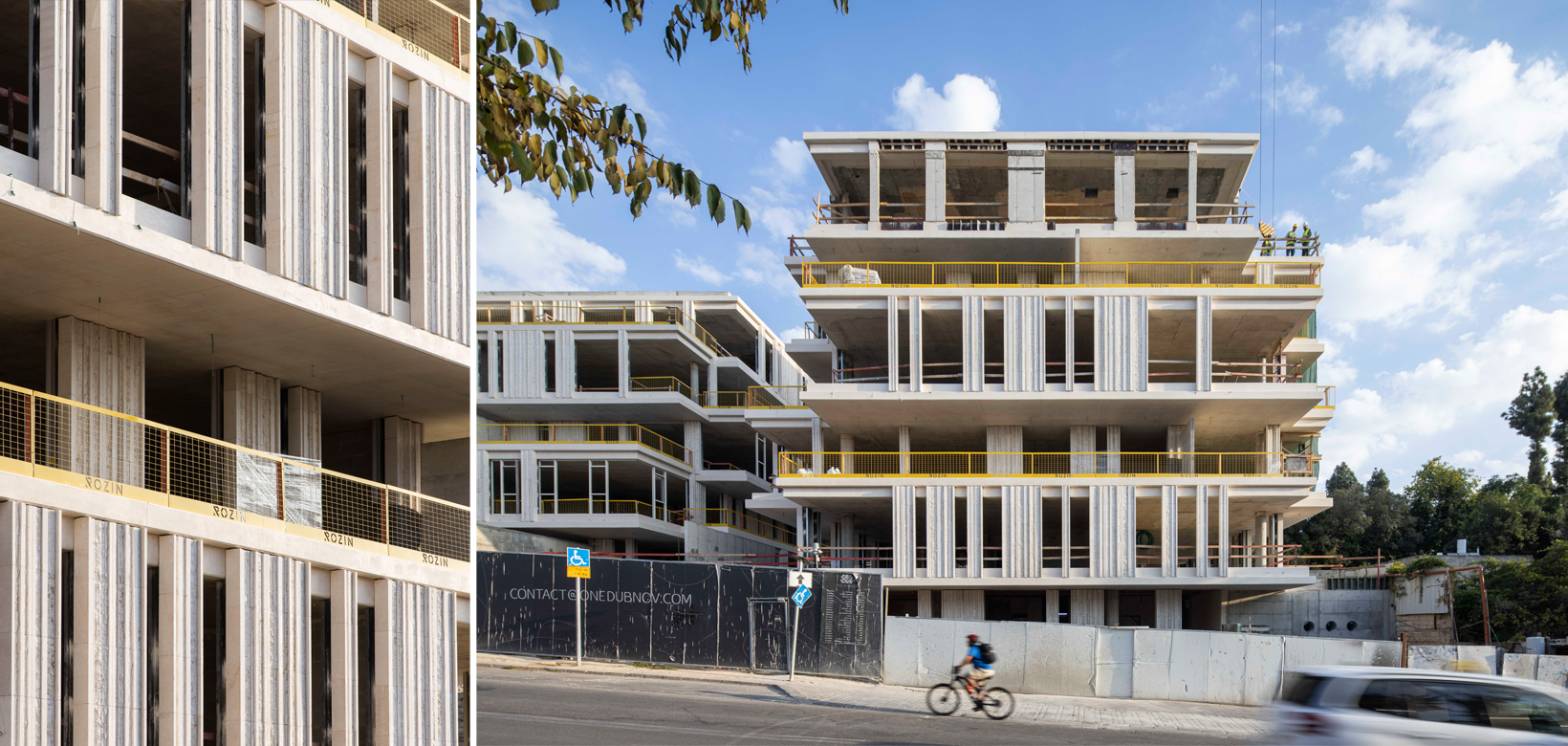
וילה שרובר נמנתה על הווילות המפוארות שנבנו לאחר קום המדינה. הווילה נבנתה ע"י קרלוס גיננד, מוזס בנאשראף ואמיליו וסטוטי, אדריכלים מוונצואלה, לאיל ההון מיילס שרובר ואשתו גיטה על מגרש בגודל של כ-5 דונמים בירושלים. עיצוב הפנים נעשה על-ידי דורה גד ותכנון הנוף נעשה ע"י דן צור.
לאחר מותו של מיילס, ביקשה גיטה מהאדריכל דוד רזניק, לבנות וילה נוספת בשטח החלקה, במקום הבריכה הגדולה. וילה זו לא הייתה לשימור. לאחר מותם, נשארו הווילות מיותמות והמגרש הגדול מוזנח.
אנו משמרים את הווילה המקורית ומיישבים במגרש הגדול שני בנייני מגורים חדשים, בני 5 קומות כל אחד ולובי ראשי משותף. צורת האבן הייחודית היא פרשנות שנעשתה על גג הפסיפס הייחודי של הווילה המקורית. צורת הקומות שיושבות בהסתה מייצרת תחושת ריחוף בחלל והמרפסות שנוצרות גם הן השראה מהמרפסת הייחודית שקיימת בוילה. החלטנו לסגת עם הבניינים אחורנית כ-10 מטרים בכדי לאפשר החזרת רצועת אדמה לרחוב, שבה נייצר פיתוח נופי וגן פסלים לטובת העוברים ושבים כמו גם לדיירים.
Villa Sherover was renowned as one of the most luxurious villas built after the establishment of the state. The villa was designed by architects Carlos Gindre, Moses Benzuraf, and Emilio Vistuti from Venezuela, for the wealthy Meir Halevy Sherover and his wife Gita, on a plot of land of about 5 dunams in Jerusalem. The interior design was done by Dora Gad (interior designer of the Knesset).
After Meir's passing, Gita employed architect David Reznik to build an additional villa for her son, Gabriel, on the same plot, where the pool was located. This villa was not set for preservation.
Following the Sherovers' deaths, the villas were left neglected, along with the large plot of land.
We have preserved the original villa while incorporating two new, five-storey residential buildings on the expansive grounds, featuring a shared main lobby. The distinctive stone finish is an interpretation inspired by the unique mosaic on the roof of the original villa. The staggered floor slabs create a sense of floating in space, and the balconies themselves draw inspiration from the villa's exceptional terrace.
We decided to set the buildings back approximately 10 meters, allowing for a strip of land to be returned to the street. This facilitates the development of a sculpture garden, serving as a delightful space for pedestrians, residents, and visitors alike.
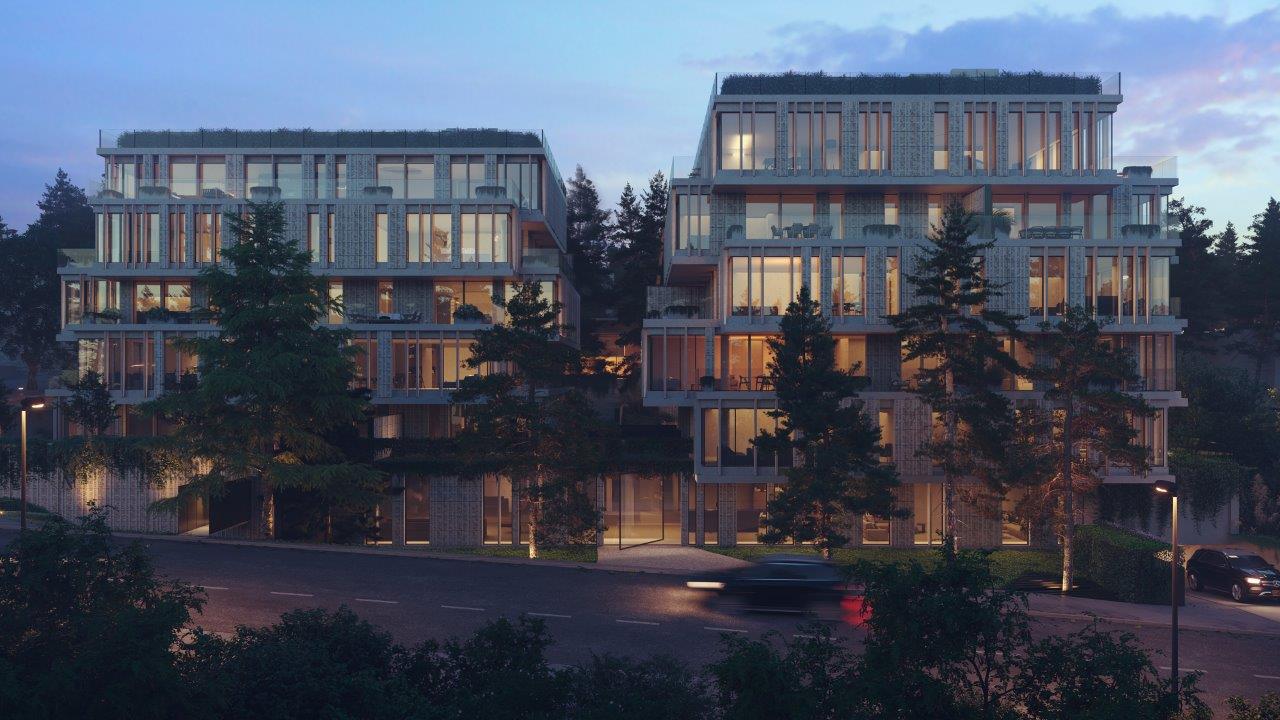 הדמיית הפרויקט - קרדיט: סטודיו אייקו
הדמיית הפרויקט - קרדיט: סטודיו אייקו 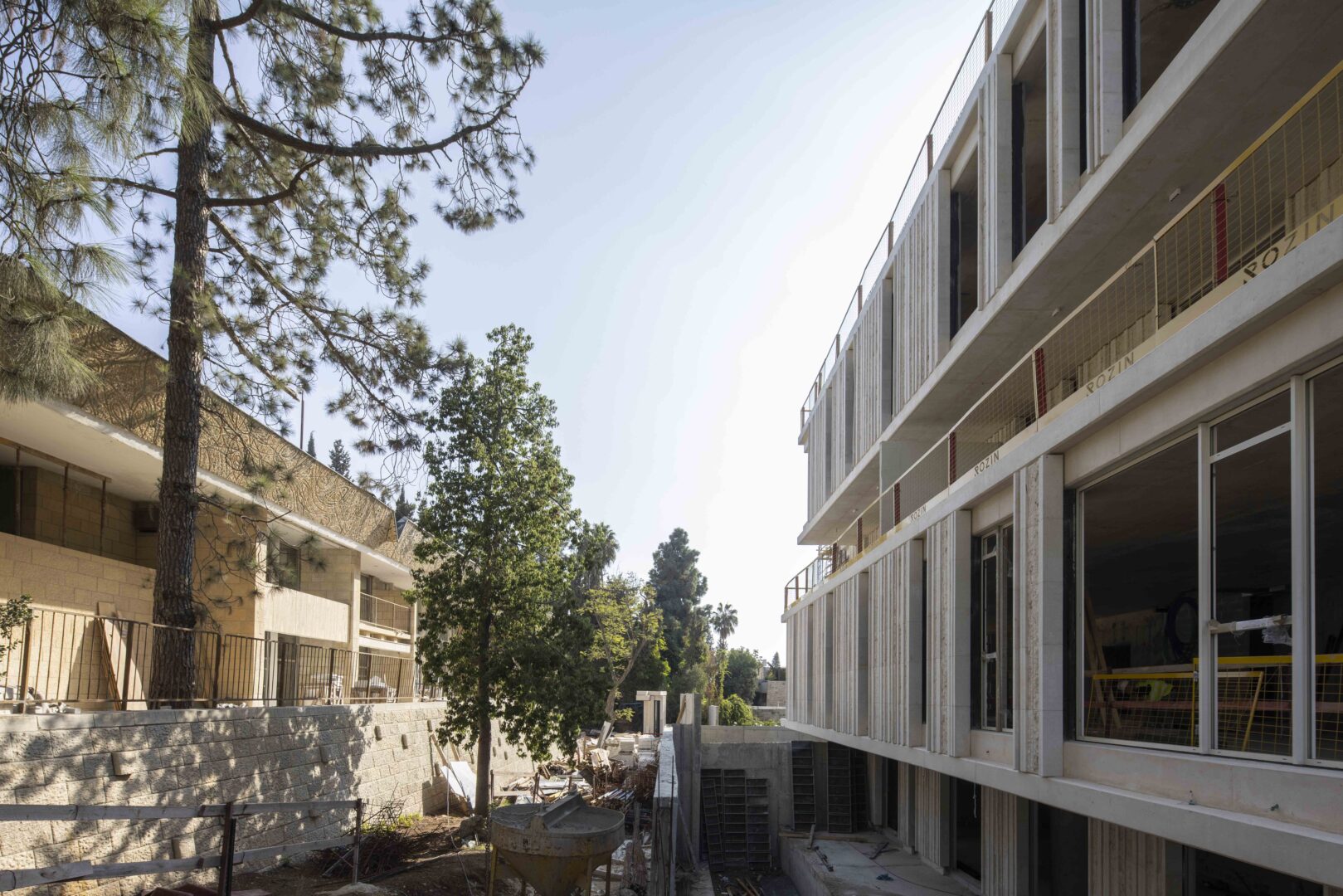 וילה שרובר מצד שמאל, מצד ימין הפרויקט.
וילה שרובר מצד שמאל, מצד ימין הפרויקט. 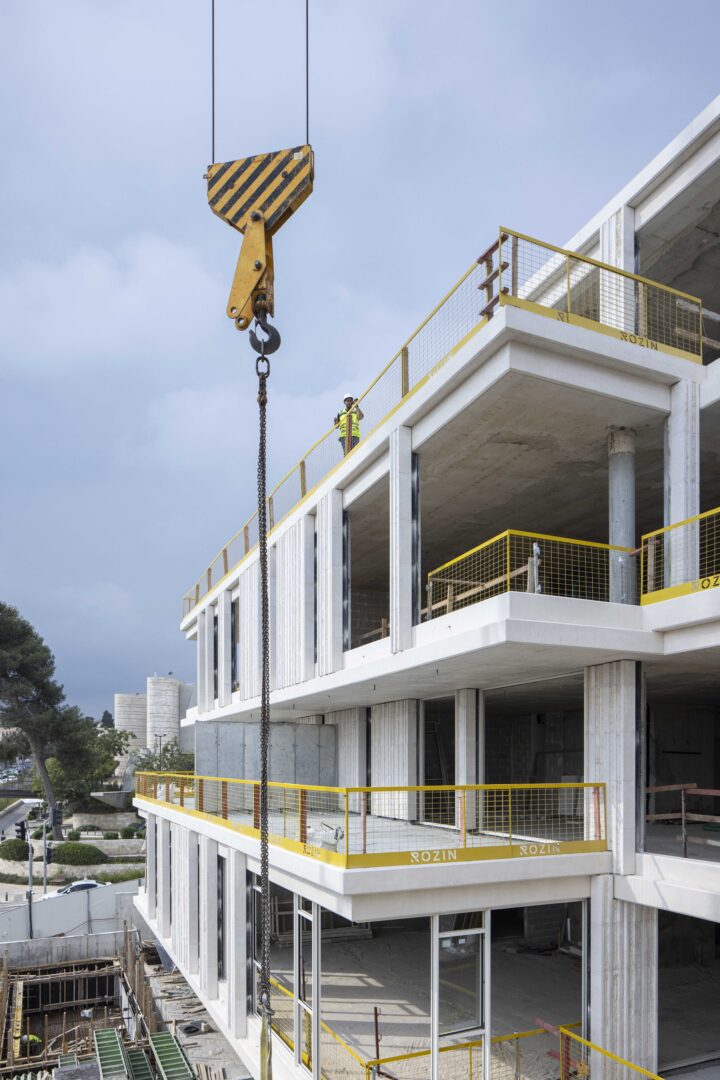
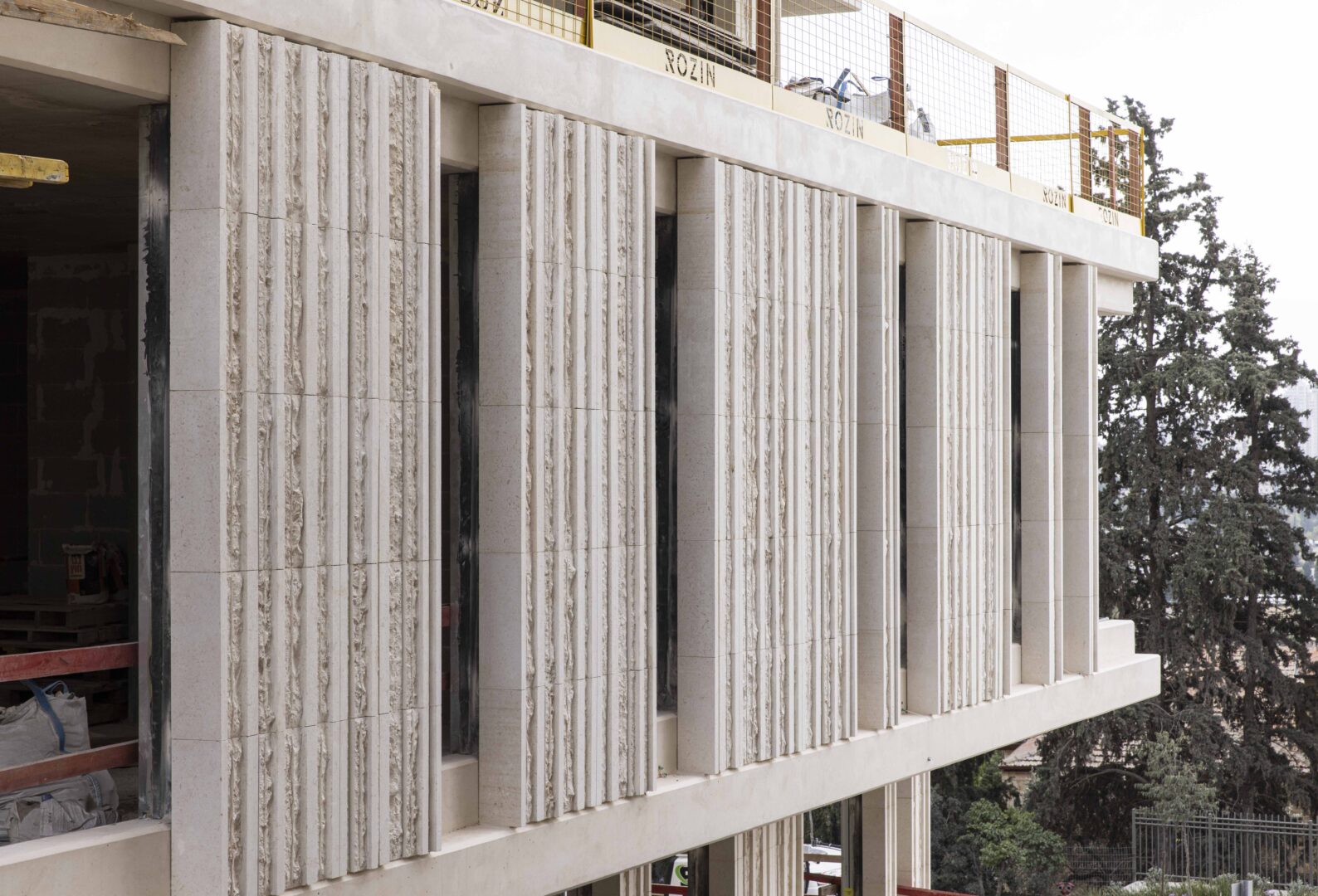 האבן
האבן 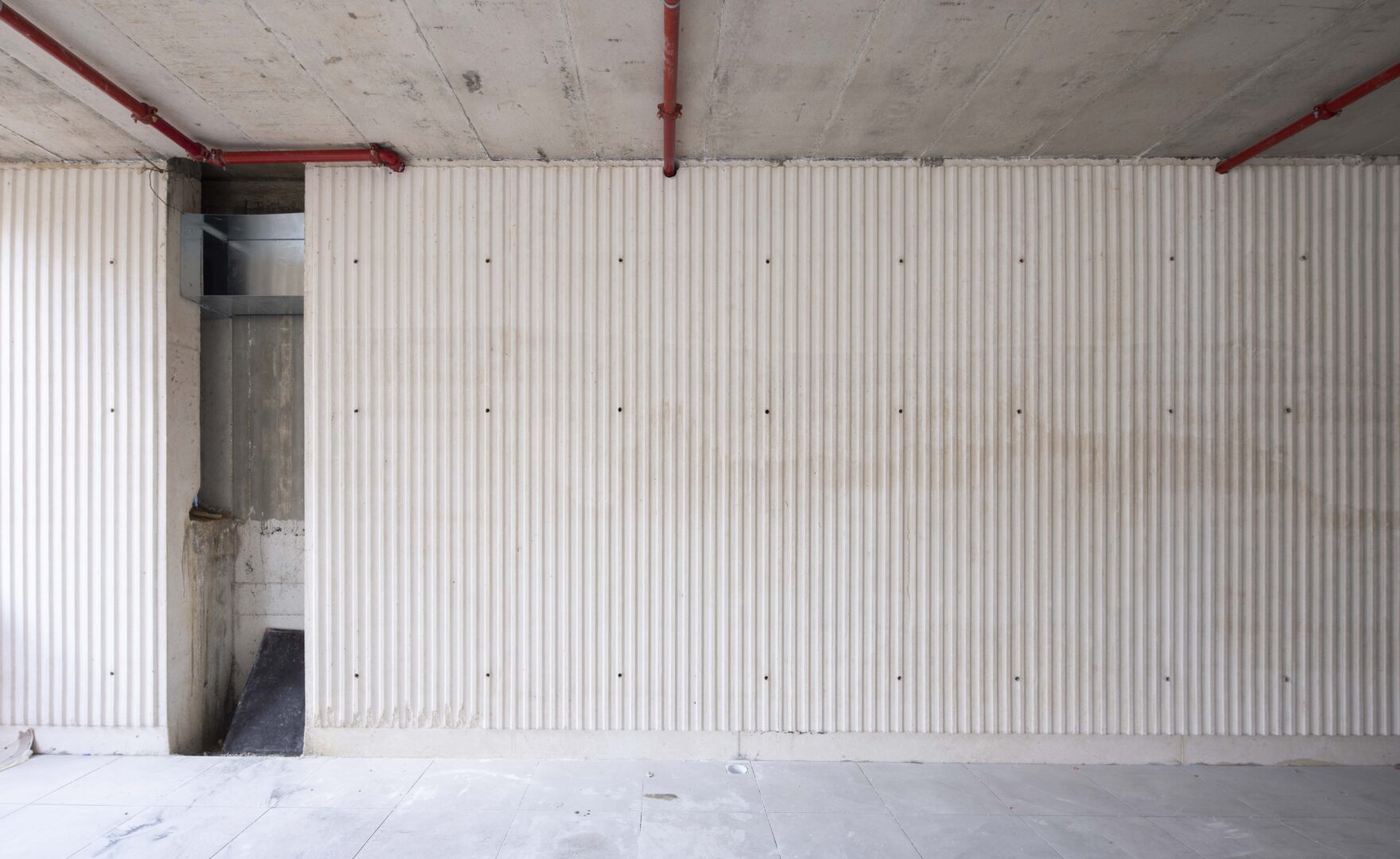 קיר בטון לבן בלובי הראשי
קיר בטון לבן בלובי הראשי 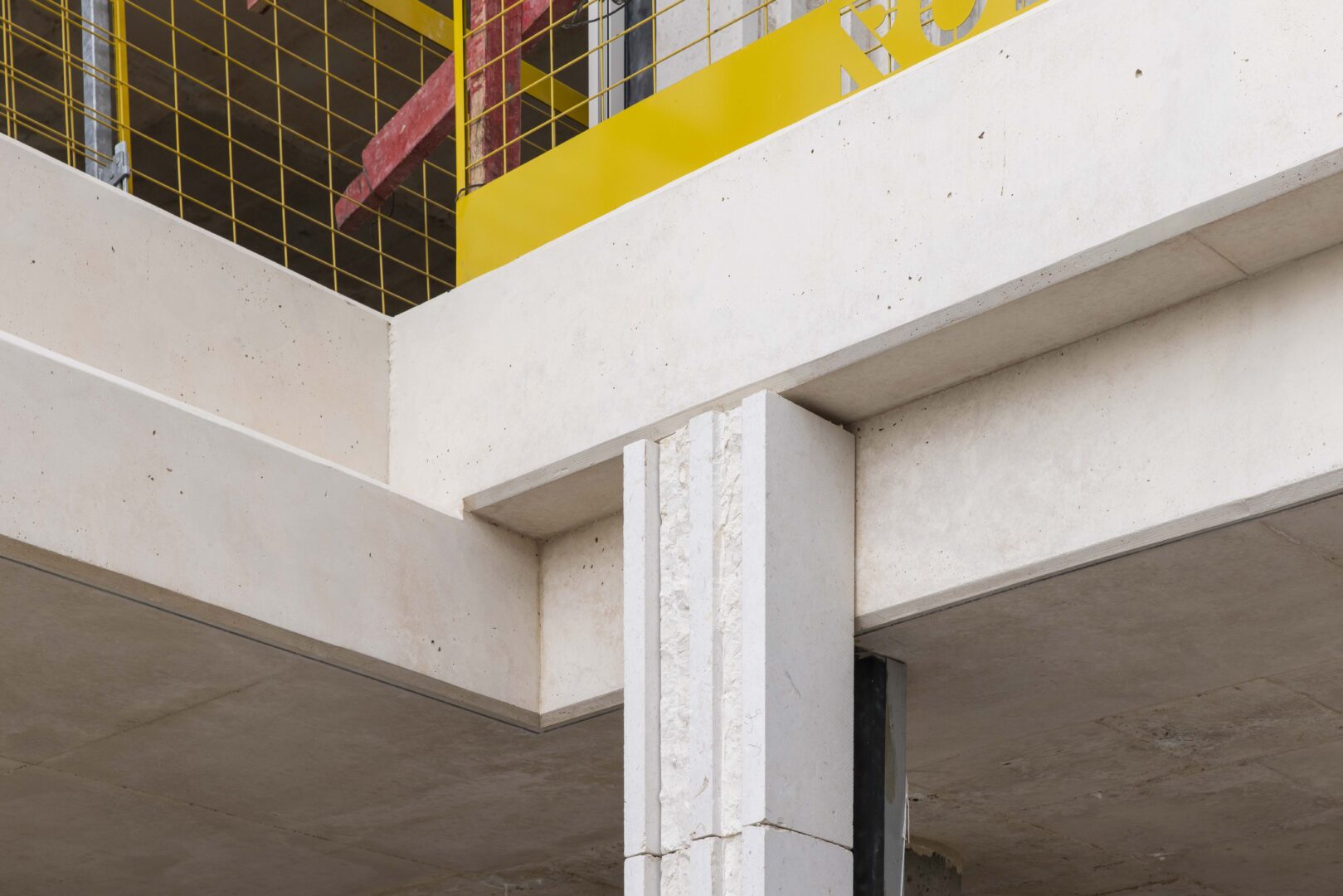
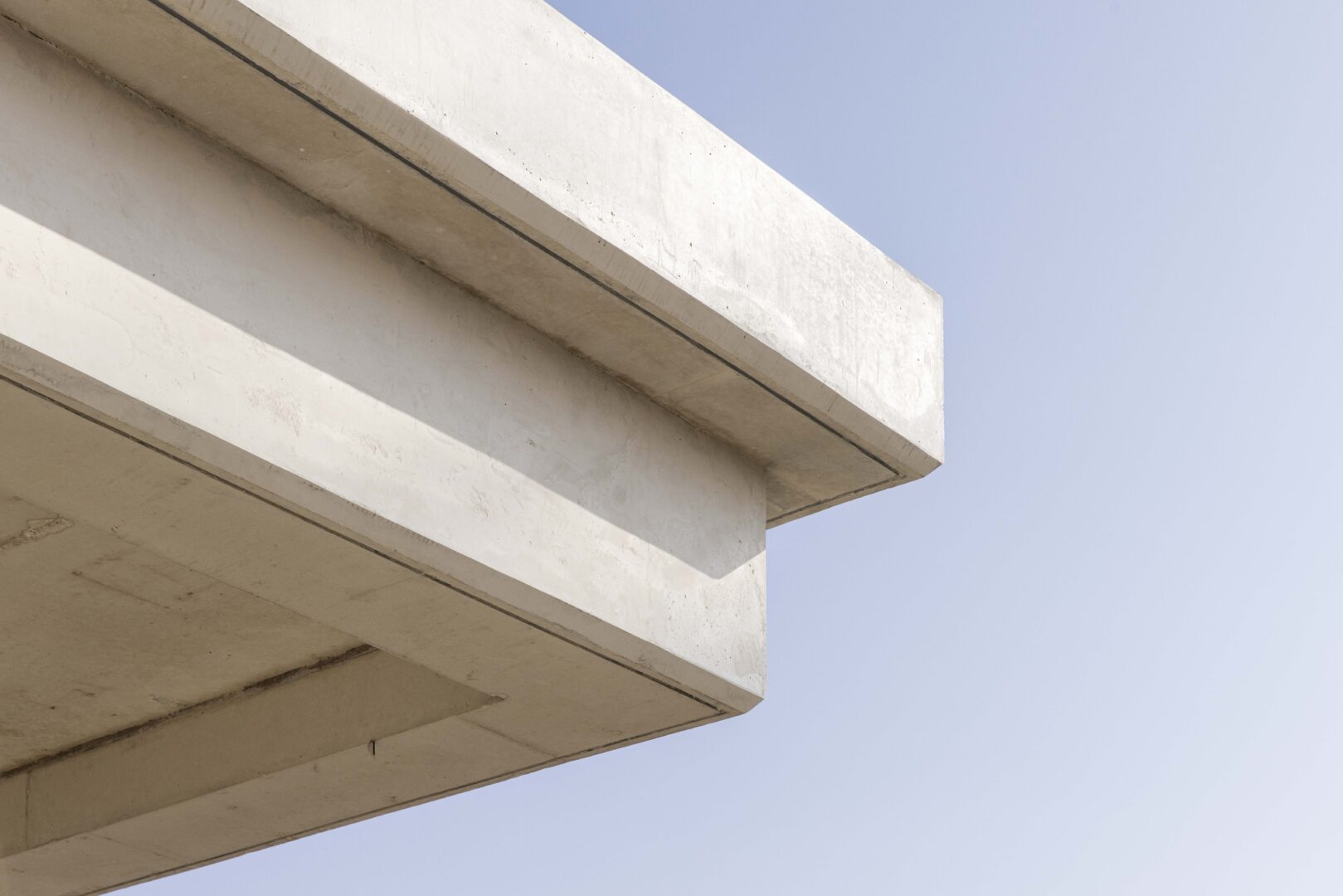 תקרה ורצפה
תקרה ורצפה 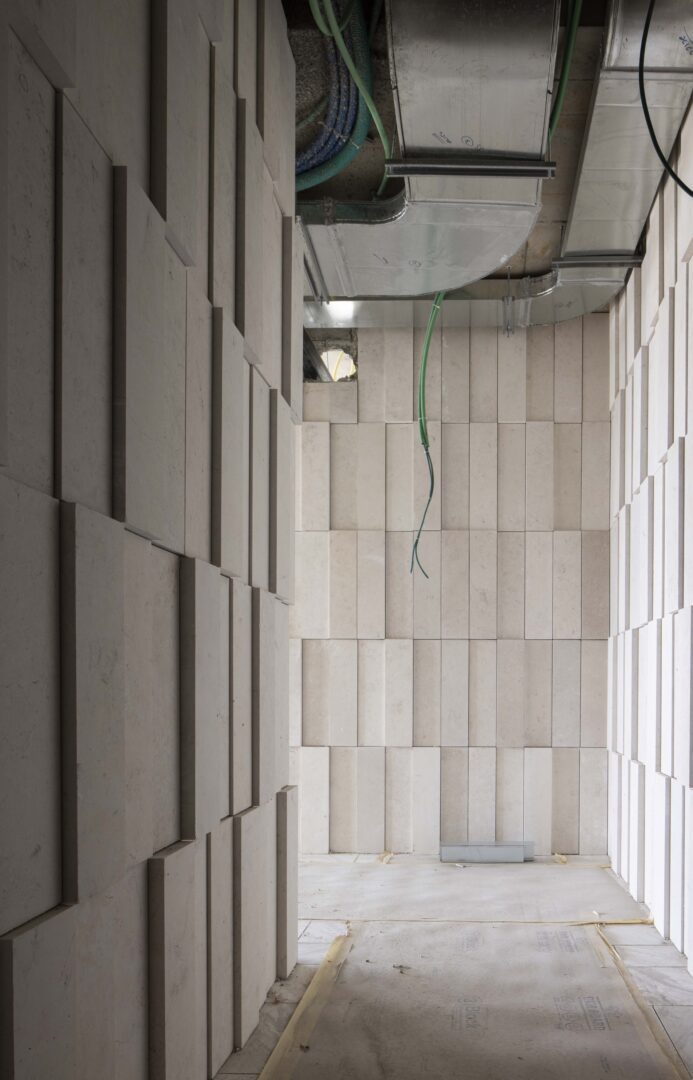 שימוש באבן בלובי הקומתי
שימוש באבן בלובי הקומתי 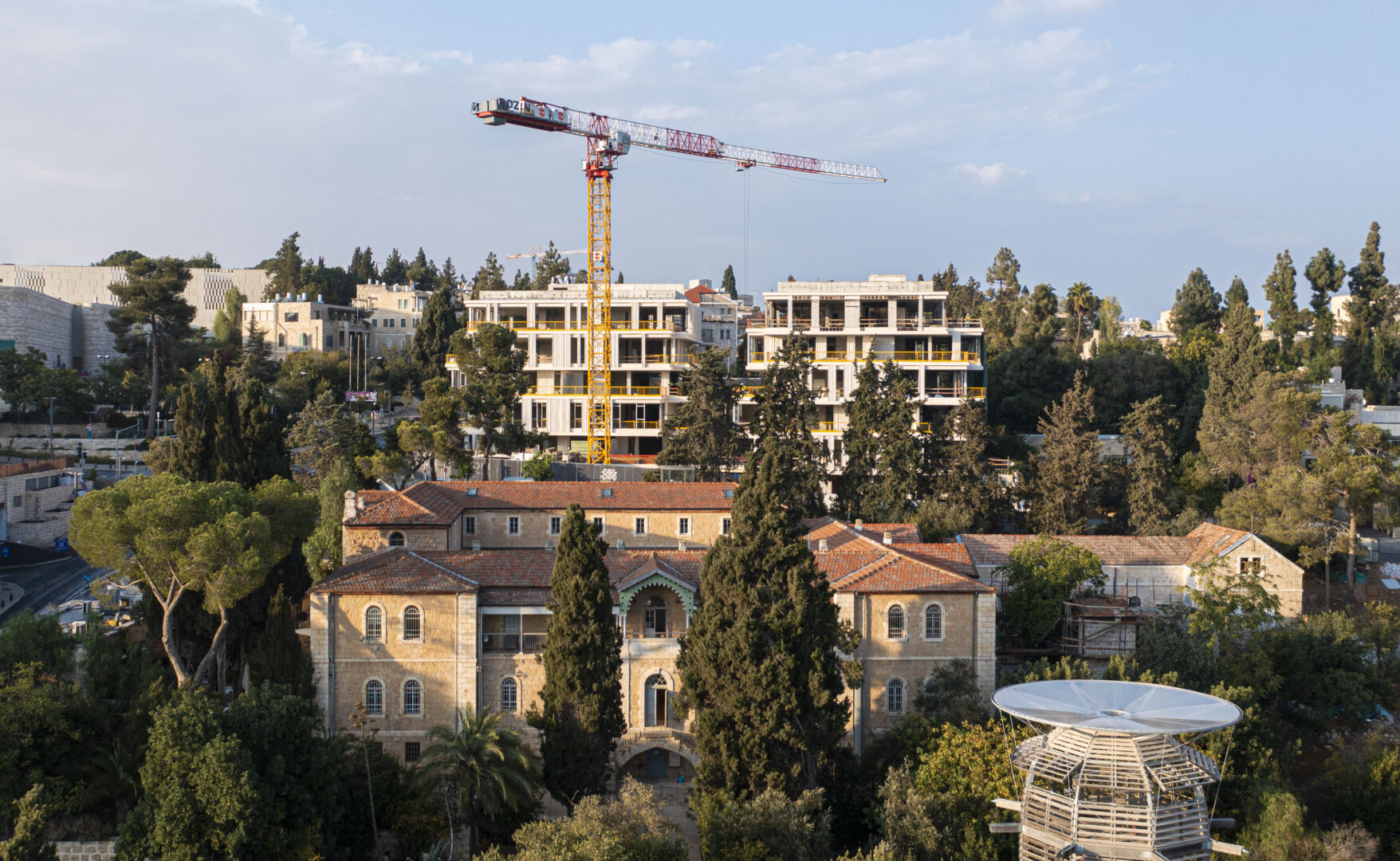 מבט מבית הנסן
מבט מבית הנסן 